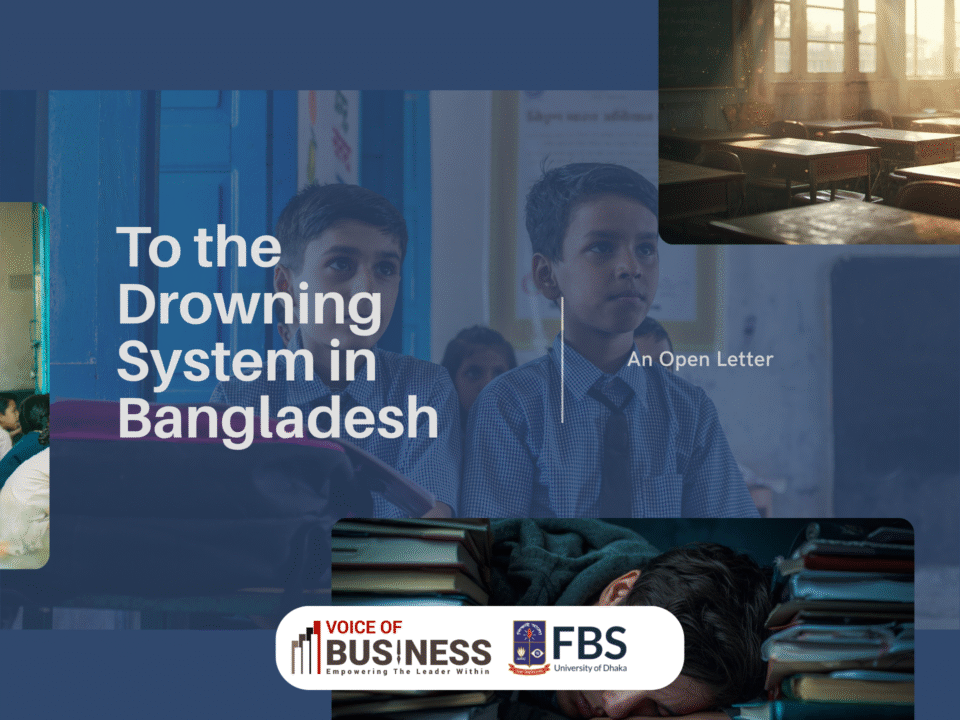Artivist Dhaka’s Brushstrokes of Revolution
Animation: an artistic exploration of expression
June 3, 2025
Rewriting the Syllabus of a Nation
August 24, 2025In the noisy streets of Dhaka; buzzing rickshaws and faded colour vendors, a new way of art expression is evolving trying to portray the dominant social scenario of Bangladesh. Emerging from the hands of young and volunteer artists, this group mostly finds murals and graffiti art as their most potential tool to convey the power of social commentary writing on the wall.
The Birth of a Movement
This is the beginning of the story from the other side of Ayesha, a 25-year-old art graduate from the University of Dhaka. Frustrated by the social ills and the lack of opportunities for the genuinely artistic forms of expression around her, decides to do something about it. Ayesha finds a group of like-minded but equally skilled friends in a range of art forms-a painter, a graffiti specialist, a sculptor, and even an artist in digital media. Their group, as they prefer to name it, “Artivist Dhaka,” embarks on a single inspiring principle: to create challenging work that inspires transformation. They chose a series of murals to fight against the child labour problem so rampant across Bangladesh, where thousands of kids are out in the fields toiling to keep their families alive.
Murals as a Mirror to Society
The artists chose some very popular locations in Dhaka where both the locals and the foreigners go around and hang out. A wall of a very busy marketplace was the site of their first mural. The mural ‘” does depict a young boy, totally stressed out, surrounded by all the tools used by people for doing bricklaying, rickshaw pulling, and garment factory work. But his eyes still have that hopeful look, like he has so much potential, if only he could just get the chance to grow up and not have to do all that stuff. People can’t help but stop and talk about it when they see the mural. Some people are genuinely interested and ask questions to the artists, and some are just standing there thinking about what it all means. Well, pretty soon the mural’s all over social media and even on the news. The artists make a statement, more like an open letter talking about their need to raise awareness and to make people think about how it’s perpetuating child labour. That is what the collective wants people to do ponder the impact of child labour and find a solution together. They hope that through their art they can make this pressing issue a bit more visible, thereby invoking a change.
Expanding the Canvas
On seeing such a positive response, Activist Dhaka wants to expand their canvas. They take up the next issue of gender inequality. The authors capture a large mural on the side of a university building, where women of all ages and backgrounds are shown breaking chains that symbolize the constraints placed on them by society. At the bottom of the painting is a saying by Begum Rokeya, who was a well-known Bangladeshi women’s rights and education activist. She repeatedly said, “We must overcome the age-old barriers of gender and embrace a future where all are equal.” This painting thus serves as an inspiration to many, mostly students. It becomes a source and a symbol of hope to many fighting for women’s rights in the country. Seminars and discussions on the mural are conducted at the university, and the mural, very quickly, becomes an object of interest for students, activists, and scholars. The conversations do not travel within the perceived boundary of the university walls; they spread to the policymakers and grassroots movements and record ripples in the struggle for equality.
The Ripple Effect
Acrtivist Dhaka’s work is not confined within the city. In Cox’s Bazar, a coastal town famous for its beauty with beaches and refugee camps, the collective works with Rohingya artists to produce a mural in solidarity with refugees. It depicts a boat carrying two people who drift in the water; the faces of the people are full of sadness and strength as they look straight into the sea onboard a wooden boat. That is a very powerful statement showing solidarity and empathy. The story is picked by the media around the world. Bringing a lot of attention to the refugee crisis which, in turn, helps NGOs and other humanitarian organizations that want to help people in the camps. They notice and start to do more to help the people’s lives there.
Challenges and Triumphs
Of course, there are always some problems Artivist Dhaka faces. Some of them do not like their job because they say it is too intense or political. The group does face the problem, though, of the authorities’ disapproval of the murals they paint. They, however, do not give up. They talk to people in charge, ask permission if they can, and at times sneak around to get their artwork out there. The persistence pays off for this group. With time passing, the inspiration spreads to other collectives and artists across the nation. Pretty soon, a national movement arises, where the artists speak through their art on pressing issues concerning environmentalism, political corruption, and public health.
HAVE THE LASTING IMPACT
Years later, Artivist Dhaka leaves its mark. The murals, now icons in themselves, continue talking to people, reminding them of the power of art to create change and stand up for justice. The team has expanded and works with the new-generation artists to train them and show their work.
Ayesha, now an icon and a reverently held figure within the art and artivism circles, looks back at their journey. From this small, inimical act against apathy, a big movement has grown, touching hearts, opening minds and most importantly, inspiring action through the power of art. In the ever-changing landscape that is Bangladesh, Artivist Dhaka is a strong story of how art can be used to express important ideas to make change happen. It shows that even when things seem tough, it can lead to ways of creativity and passion guiding the way to an equal society.
Author: Redwan ahmmed




